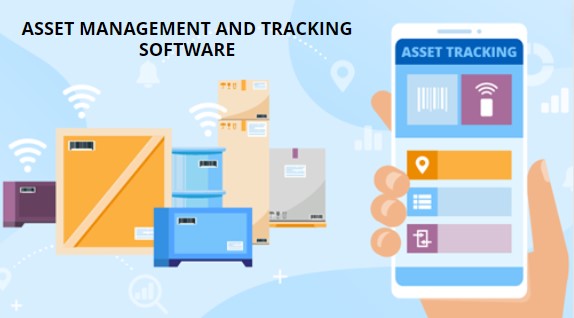
Asset Management and Tracking Software
Madhurima Sanyal |
14 Mar 2024 |
17:13 PM
- Understanding Asset Management Software
- What is an Asset Management Software?
- How Does It Help Your Business?
- Understanding Asset Tracking Software
- Key Features of Asset Tracking Software
- Choose the Best Software
- How much does asset tracking software cost?
- Conclusion
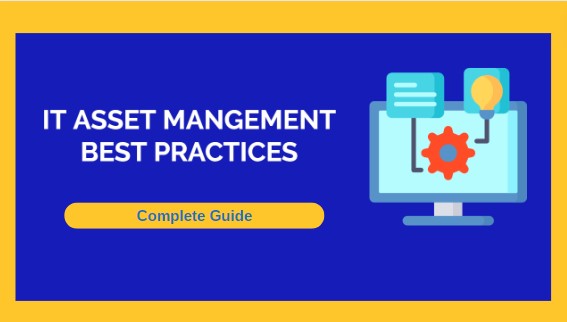
Asset Management Best Practices Guide
Viki Dongare 27 Feb 2024 | 17:43 PMUnlock the power of effective asset management with this comprehensive guide, enhancing efficiency and minimizing risks for organizational success....
What Exactly is an Asset?
Assets encompass a broad spectrum, ranging from physical items like computers to intangible resources such as contracts. Unlike traditional spreadsheets, asset management software offers a smarter solution, consolidating all assets into one centralized platform. This integration not only streamlines operations but also ensures that your entire team is aligned and informed. By leveraging asset management tools, businesses can significantly save time and cut down costs associated with manual tracking methods. It's the ultimate tool to efficiently manage assets, optimize workflows, and maximize productivity.
Understanding Asset Management Software
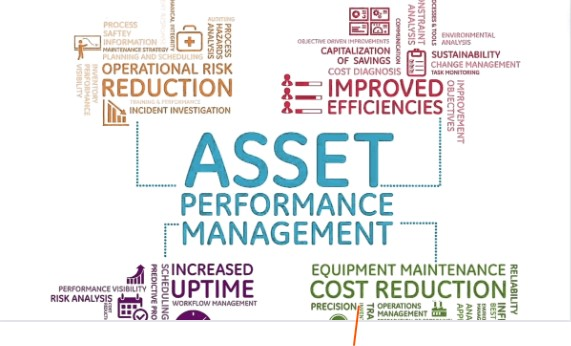
What is an Asset Management Software?
Asset management software is a vital tool for businesses looking to efficiently track, organize, and optimize their assets. It serves as a centralized platform that streamlines asset management processes, enhancing productivity and reducing operational costs. So, what exactly is asset management software?
How Does It Help Your Business?
Asset management solutions enables businesses to effectively manage their assets throughout their lifecycle, from acquisition to disposal. It provides a comprehensive solution for tracking various types of assets, including equipment, inventory, digital assets, and more. By centralizing asset data and workflows, this software empowers organizations to make informed decisions, improve asset utilization, and enhance resource allocation.
Key Features of an Asset Management Software
The benefits of asset management software extend beyond simple tracking. It helps businesses gain better visibility into their asset inventory, enabling them to identify opportunities for optimization and cost-saving. Additionally, asset management software facilitates compliance with regulations and industry standards by ensuring accurate record-keeping and asset documentation.

Key features of asset management suite include:
-
Asset Tracking: Allows businesses to monitor the location, status, and condition of their assets in real-time.
-
Asset Data Management: Centralizes asset information, including specifications, maintenance history, and depreciation values.
-
Reporting and Analytics: Provides custom reporting and analytics to gain insights into asset performance and utilization.
-
Integration Capabilities: Integrates with other business systems, such as ERP and CMMS, for seamless data exchange and workflow automation.
-
Maintenance Management: Enables proactive maintenance scheduling and asset servicing to minimize downtime and prolong asset lifespan.
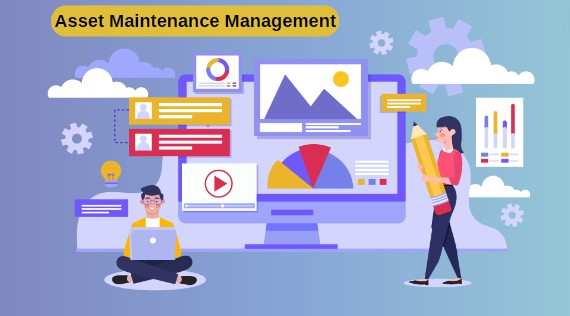
-
Scalability: Accommodates the growth and evolving needs of businesses by offering scalable solutions that can adapt to changing requirements.
Asset management software is a powerful tool that enables businesses to effectively manage their assets, improve operational efficiency, and drive business growth. By investing in the right asset management solution, businesses can unlock a wealth of benefits and gain a competitive edge in today's dynamic business environment.
Understanding Asset Tracking Software
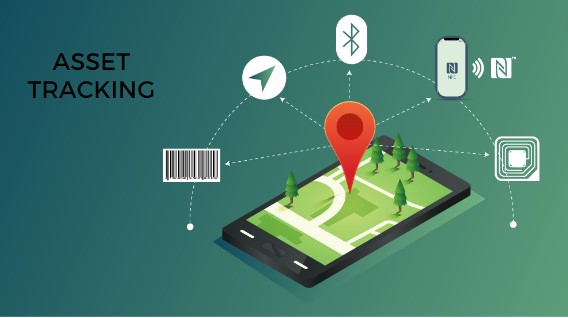
Asset tracking software is a pivotal component of efficient asset management systems, offering businesses the ability to monitor and manage their valuable resources effectively. But what exactly is asset tracking software, and how can it benefit your organization?
What is Asset Tracking Software?

Asset tracking software enables businesses to maintain real-time visibility and control over their assets, regardless of their location or quantity. Whether it's equipment, tools, IT assets, or inventory, this software provides a centralized platform to monitor and track each asset throughout its lifecycle.
Stay on top of your business's valuable assets
One of the key benefits of asset tracking software is its ability to help businesses stay on top of their valuable assets. By implementing a robust tracking system, organizations can minimize the risk of loss, theft, or misplacement, ensuring that assets are accounted for and utilized efficiently.
Tool Tracking
Specifically, asset tracking software offers specialized functionalities for various asset types, including tool tracking and IT asset tracking. Tool tracking capabilities enable businesses to keep tabs on their tools and equipment, ensuring they are always available when needed. Similarly, IT assets tracking provides visibility into the status and usage of IT assets, such as computers, servers, and software licenses.
IT Asset Tracking and Cost Savings
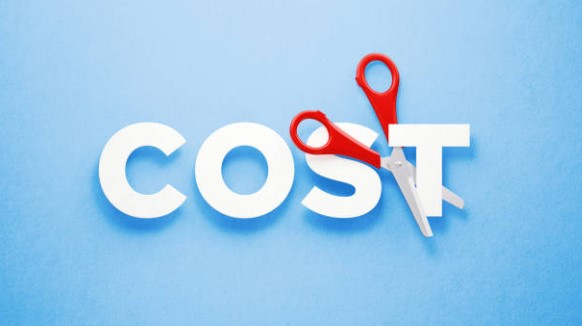
Moreover, asset tracking software is designed to be a powerful yet user-friendly solution that saves both time and money. By automating manual tracking processes and providing real-time updates on asset location and status, this software streamlines operations and reduces the risk of errors or discrepancies. This efficiency translates into cost savings and increased productivity for businesses of all sizes.
Key Features of Asset Tracking Software
Items
With asset tracking software, effortlessly catalog and monitor diverse assets, from office equipment to inventory items, ensuring comprehensive asset oversight for your organization's needs.

Custom Folders
Organize or manage assets into personalized folders or categories, streamlining navigation and management processes while enhancing workflow efficiency.
Item Photos
Elevate asset identification accuracy by attaching visual references, such as photos, to asset records, facilitating quick and precise asset recognition.
Custom Fields
Tailor asset records with specific fields, enabling detailed tracking of crucial asset information such as maintenance schedules, warranty dates, and depreciation values.
User Licenses
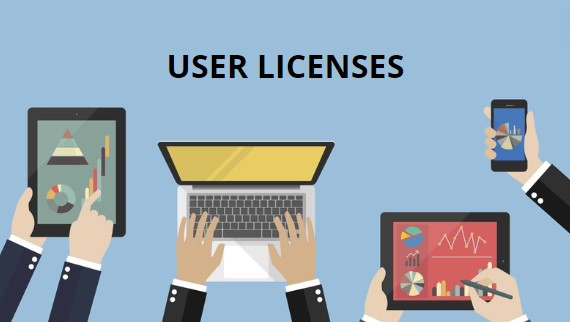
Manage user access and permissions effectively, ensuring data security and compliance with regulatory requirements, while empowering efficient asset management across your organization.
Activity History
Gain insights into asset-related actions and changes over time, fostering transparency, accountability, and informed decision-making in asset management processes.
Customizable User Access
Fine-tune access levels to align with organizational roles and responsibilities, optimizing user experience and ensuring relevant access to asset data.
Barcode & QR Code Scanning
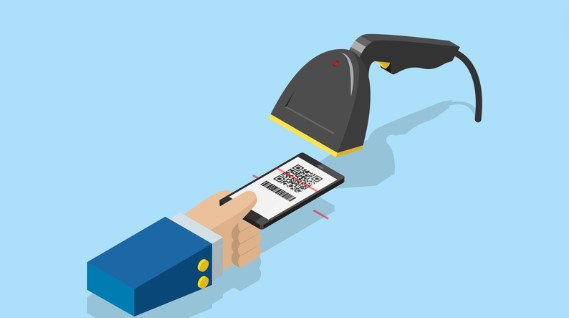
Simplify asset identification and data input through barcode and QR code scanning capabilities, accelerating asset tracking processes and minimizing errors.
QuickBooks Online Integration
Seamlessly sync asset data with QuickBooks Online, facilitating accurate financial tracking and custom reporting, and streamlining accounting processes.
Purchase Orders
Link assets to purchase orders to track acquisitions and expenses effectively, enabling comprehensive cost tracking and financial analysis.
Label Generation
Generate and print labels for assets, improving asset organization and facilitating easy identification during audits, inspections, or inventory checks.
Check-in/Check-out
Facilitate efficient asset borrowing and returns with streamlined check-in/check-out processes, optimizing asset utilization and availability across your organization.
Quantity-based alerts
Receive automated notifications for low-stock situations, enabling proactive replenishment and preventing operational disruptions due to inventory shortages.
Date-based Alerts

Set reminders for maintenance schedules, warranty expirations, and other critical dates, ensuring timely asset upkeep and compliance with maintenance requirements.
In-app Alerts
Stay informed about important events or actions within the software interface, enhancing communication, and enabling prompt responses to critical asset-related issues.
Activity Report
Generate detailed reports on asset activities and transactions, providing valuable insights for performance analysis, compliance audits, and strategic decision-making.
Inventory Summary Report
Access summarized views of current asset inventory levels and statuses, facilitating efficient inventory management and optimization of stock levels.
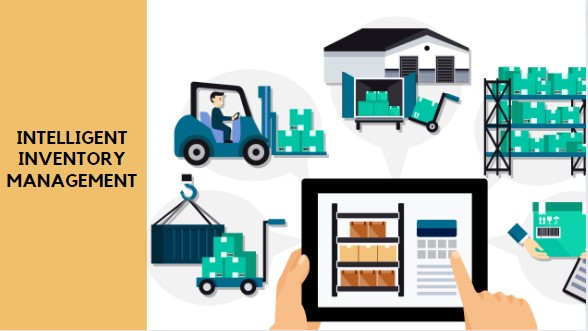
Move Summary Report
Track asset movements and transfers between locations or departments, optimizing asset allocation, and ensuring accurate asset tracking across your organization.
Low Stock Report
Identify assets with low quantities to facilitate proactive stock management, preventing stockouts, and ensuring continuous operational efficiency.
Item Flow Report
Visualize asset flows within your organization, identifying bottlenecks, optimizing workflows, and improving operational efficiency across asset management processes.
Transaction Report
Review detailed logs of asset transactions, ensuring transparency, accountability, and compliance with regulatory requirements, while also facilitating audit trails and financial reporting.
Cloud-based Automatic Sync

Ensure real-time data consistency and accessibility across devices with automatic cloud synchronization, enabling seamless collaboration and access to up-to-date asset information.
Offline Mobile Access
Access and update asset information anytime, anywhere, even without an internet connection, ensuring uninterrupted asset management capabilities and productivity on the go.
Benefits of Asset Management Software
Asset management software offers numerous benefits to businesses across various industries. From enhancing efficiency to improving compliance, here are some key advantages:

Contracts and Licenses
Effective management of contracts and software licenses is critical for businesses to ensure compliance and mitigate risks. Asset management system enables organizations to centralize contract and license information, including renewal dates, terms, and conditions. With automated alerts and reminders, businesses can stay ahead of contract expirations, avoid penalties, and optimize license usage. Additionally, comprehensive contract management capabilities streamline negotiations, approvals, and renewals, fostering stronger vendor relationships and reducing administrative overhead.
Reports
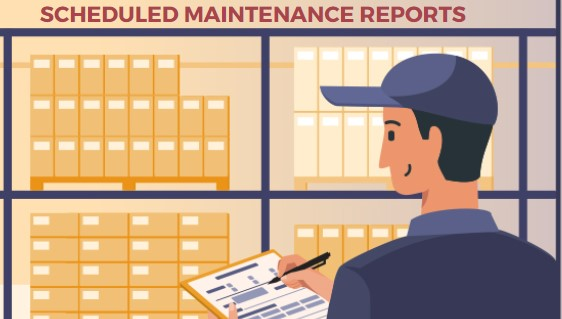
Accurate and timely reporting is essential for informed decision-making and regulatory compliance. Asset management software provides robust reporting tools that allow businesses to generate a wide range of reports, including asset inventories, usage trends, depreciation schedules, and maintenance histories. These reports offer valuable insights into asset performance, utilization, and lifecycle management, enabling organizations to optimize resource allocation, identify cost-saving opportunities, and demonstrate compliance with industry regulations and standards.
Security
Data security is paramount in today's digital landscape, especially when managing sensitive asset information. Asset management software includes robust security features to safeguard data integrity and confidentiality. Role-based access controls ensure that only authorized users can access and modify sensitive asset data, reducing the risk of unauthorized access or data breaches. Additionally, encryption protocols and secure authentication mechanisms protect data in transit and at rest, providing peace of mind to businesses handling confidential or proprietary information.
Mobile

One of the standout benefits of asset management software is its mobile accessibility. With the proliferation of smartphones and tablets, users can access asset data and perform management tasks on the go, regardless of their location. This mobile capability allows field technicians, remote workers, and managers to update asset information, conduct inspections, and track asset movements in real-time, enhancing productivity and responsiveness. Whether it's scanning barcodes, updating asset statuses, or accessing reports, the mobile aspect of best asset management software empowers users with flexibility and convenience, leading to more efficient asset management practices.
Innovation

Asset management solution continuously evolves to incorporate the latest technological innovations, driving efficiency and effectiveness in asset management processes. From advanced analytics and predictive maintenance algorithms to integration with emerging technologies like Internet of Things (IoT) sensors and Artificial Intelligence (AI), innovative features empower businesses to optimize asset performance, minimize downtime, and proactively address maintenance needs. By embracing innovation, best asset management software helps organizations stay ahead of the curve and adapt to changing business requirements and technological advancements.
Alerts
Effective asset management relies on timely information and proactive measures to address issues before they escalate. Asset management system offers customizable alerts and notifications that keep users informed about critical events, such as equipment failures, maintenance deadlines, or inventory shortages. These alerts enable quick responses and preventive actions, minimizing disruptions, maximizing asset uptime, and reducing operational risks. Whether it's receiving alerts via email, SMS, or in-app notifications, users can stay on top of asset-related activities and ensure smooth operations.
Users

Best asset management software caters to a diverse user base, from IT professionals and facilities managers to procurement teams and finance departments. With role-based access controls, organizations can define user roles and permissions, ensuring that each user has access to the relevant features and data required for their role. This granular user management capability promotes collaboration, streamlines workflows, and enhances data security by limiting access to sensitive information. Whether it's managing assets, generating reports, or conducting audits, asset management software accommodates the needs of users across different departments and functions.
Reserve & Check Out
The "Reserve and Check Out" feature within best asset management software facilitates efficient asset allocation and tracking by allowing users to reserve assets for specific projects or purposes and subsequently check them out for temporary use. This functionality ensures that assets are available when needed, preventing conflicts or double bookings and optimizing asset utilization. Users can easily reserve assets in advance, specifying the duration and purpose of the reservation, and then check them out when required.
This process streamlines asset management platform, enhances transparency, and minimizes the risk of asset loss or misplacement. Additionally, the system can generate reports on asset reservations and checkouts, providing valuable insights into asset usage patterns and helping organizations optimize their asset allocation strategies.
Best Asset management software offers a multitude of benefits, including mobile accessibility, innovative features, customizable alerts, and user-friendly interfaces. By leveraging these advantages, organizations can streamline asset management processes, optimize asset performance, and achieve their business objectives with greater efficiency and effectiveness.
Choose the Best Software
Choosing the best asset management software is a critical decision for any organization, as it directly impacts operational efficiency, asset utilization, and overall business performance.
What should you look for when buying asset tracking software?
When evaluating asset tracking software options, there are several key factors to consider to ensure that you select the solution that best meets your organization's needs:
-
Functionality and Features: Assess the core functionality and features offered by the asset management software. Look for features such as comprehensive asset tracking, customizable asset records, barcode scanning capabilities, automated alerts, reporting and analytics, integration with other business systems, and mobile accessibility. Ensure that the software can accommodate your specific asset management requirements and workflows.
-
Scalability and Flexibility: Consider the scalability and flexibility of the asset management software to accommodate your organization's growth and evolving needs. Choose a solution that can scale with your business, whether you're a small startup or a large enterprise. Look for flexible pricing plans and licensing options that allow you to add or remove users, features, or assets as needed.
-
Ease of Use: User-friendliness is crucial for successful adoption and utilization of asset management software. Evaluate the software's interface, navigation, and usability to ensure that it is intuitive and easy for users to learn and navigate. Look for features such as customizable dashboards, drag-and-drop functionality, and built-in help resources to facilitate user adoption and minimize training requirements.
-
Integration Capabilities: Assess the asset management software's ability to integrate with other business systems and software applications, such as ERP, CMMS, accounting software, or IoT devices. Seamless integration enables data sharing and workflow automation, streamlining processes and improving data accuracy and consistency across systems.

-
Data Security and Compliance: Ensure that the asset management software prioritizes data security and compliance with industry regulations and standards. Look for features such as role-based access controls, encryption protocols, audit trails, and compliance reporting capabilities to protect sensitive asset data and ensure regulatory compliance.
-
Customer Support and Service: Evaluate the quality and availability of customer support and service provided by the asset management software provider. Look for vendors that offer responsive customer support, comprehensive training resources, and ongoing maintenance and updates to ensure that you receive the assistance and support you need throughout the software lifecycle.
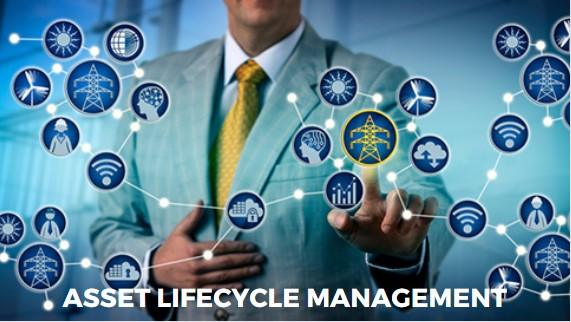
When choosing asset management software, it's essential to consider factors such as functionality, scalability, ease of use, integration capabilities, data security, and cost. By carefully evaluating these factors and selecting a solution that aligns with your organization's needs and objectives, you can maximize the value of asset management software and drive business success.
How much does asset tracking software cost?
When it comes to the cost of asset tracking software, pricing can vary depending on factors such as the software provider, the number of users or assets, the features and functionality included, and any additional services or support offered.
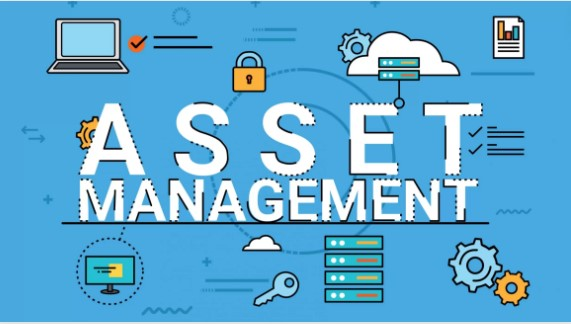
Typically, asset management software is available through subscription-based pricing models, with monthly or annual fees based on the selected plan and usage levels. Some vendors may offer tiered pricing plans with different feature sets or scalability options, while others may offer customizable pricing based on specific organizational requirements. It's essential to carefully evaluate the cost of asset tracking software in relation to the value it provides to your organization, considering factors such as ROI, total cost of ownership, and long-term benefits.
Features of Proptor Asset Management software
As you explore asset management software options, Proptor Asset Management solution stands out as a comprehensive solution that meets the diverse needs of modern businesses. With its robust functionality and user-friendly interface, Proptor empowers organizations to effectively track, manage, and optimize their assets across the entire asset lifecycle.
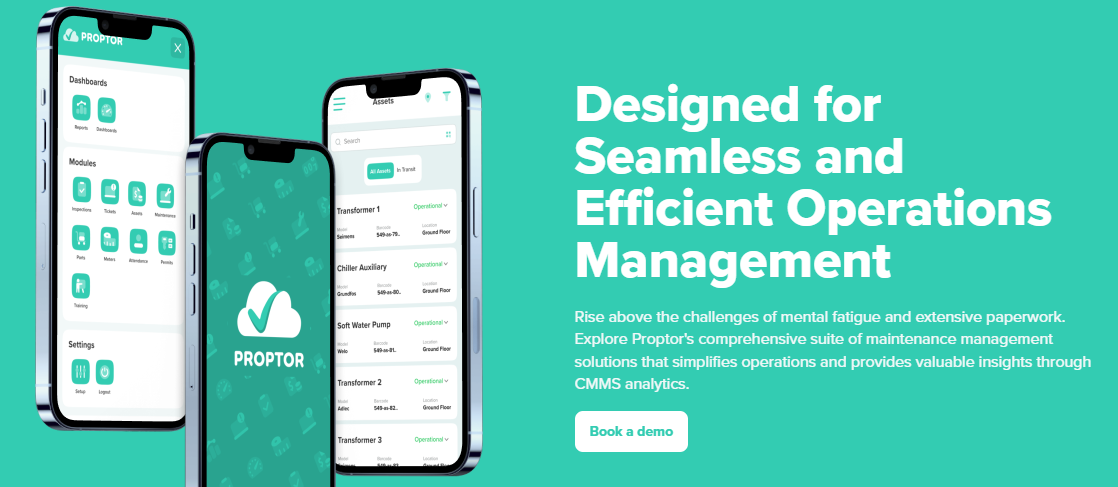
From asset tracking and inventory management to maintenance scheduling and reporting, Proptor offers a suite of features designed to streamline asset management processes and drive operational excellence.
Key features of Proptor Asset Management software include:
-
Comprehensive Asset Tracking: Proptor enables organizations to track a wide range of assets, including equipment, inventory, vehicles, and facilities, with customizable asset records and advanced search capabilities.
-
Mobile Accessibility: Proptor's mobile app allows users to access asset data and perform management tasks on the go, ensuring real-time visibility and control over assets from any location.
-
Automated Alerts: Proptor provides automated alerts and notifications for maintenance reminders, low stock levels, warranty expirations, and other critical events, enabling proactive management and preventive actions.
-
Integration Capabilities: Proptor integrates seamlessly with other business systems and software applications, such as ERP, CMMS, and accounting software, to facilitate data sharing and workflow automation.

-
Data Security and Compliance: Proptor prioritizes data security and compliance with industry regulations and standards, with features such as role-based access controls, encryption protocols, and audit trails.
-
Scalability and Flexibility: Proptor offers scalable pricing plans and flexible licensing options to accommodate organizations of all sizes and industries, with customizable features and pricing based on specific requirements.
Conclusion
Selecting the best asset management platform is a pivotal decision for organizations aiming to streamline their operations, optimize asset utilization, and enhance overall efficiency. By carefully considering factors such as functionality, scalability, ease of use, integration capabilities, data security, and cost, businesses can identify the solution that aligns best with their unique needs and objectives.
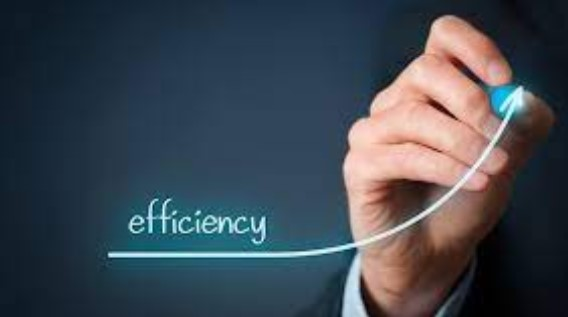
Asset management software plays a crucial role in centralizing asset data, streamlining workflows, and providing actionable insights to drive informed decision-making. Whether it's tracking assets, managing inventory, scheduling maintenance, or ensuring compliance, the right asset management software empowers organizations to maximize the value of their assets and achieve their business goals.
The benefits of asset management software are manifold. From enhancing mobility and innovation to providing customizable alerts and facilitating user collaboration, asset management software offers a comprehensive solution for effectively managing assets across their lifecycle. By leveraging features such as mobile accessibility, automated alerts, integration capabilities, and data security measures, organizations can optimize asset performance, minimize risks, and achieve operational excellence.
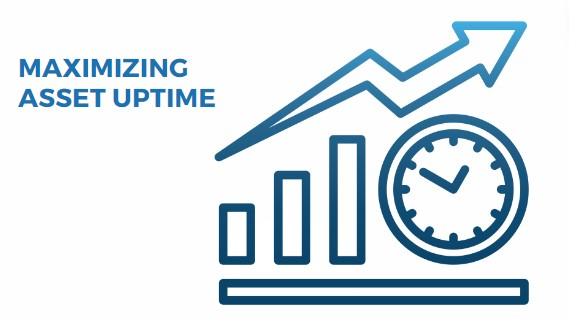
Moreover, asset management suite not only enhances operational efficiency but also contributes to cost savings and regulatory compliance. By streamlining asset tracking, maintenance, and reporting processes, organizations can reduce downtime, optimize inventory levels, and minimize the risk of non-compliance with industry regulations and standards. Additionally, asset management software provides valuable insights into asset usage patterns, maintenance histories, and lifecycle costs, enabling organizations to make data-driven decisions and allocate resources effectively.
In today's rapidly evolving business landscape, where assets play a critical role in driving productivity and innovation, investing in the right asset management software is essential for staying competitive and achieving sustainable growth. Whether it's choosing a cloud-based asset management platform, exploring free trial options, or partnering with reputable asset management providers, organizations must prioritize selecting a solution that aligns with their strategic objectives and long-term vision.
In essence, asset management program serves as a cornerstone of modern business operations, enabling organizations to effectively track, manage, and optimize their assets to drive business success. By embracing the benefits of asset management software and adopting a strategic approach to selecting the best solution, organizations can unlock new opportunities, mitigate risks, and position themselves for continued growth and prosperity in an increasingly dynamic and competitive marketplace.